Training a dog not to jump is one of the most common challenges pet owners face. Whether it’s an enthusiastic puppy or an excitable adult dog, jumping can be both annoying and potentially dangerous, especially for children or elderly visitors. Fortunately, with the right techniques and consistency, you can teach your dog to greet people politely with all four paws on the ground.
Why Do Dogs Jump?
Before diving into training methods, it’s important to understand why dogs jump in the first place. Dogs typically jump to greet people because they’re excited and want attention. In the wild, puppies jump to lick their mother’s face, and this behavior often carries over into adulthood. Additionally, jumping can be a way for dogs to assert dominance or simply express their joy.
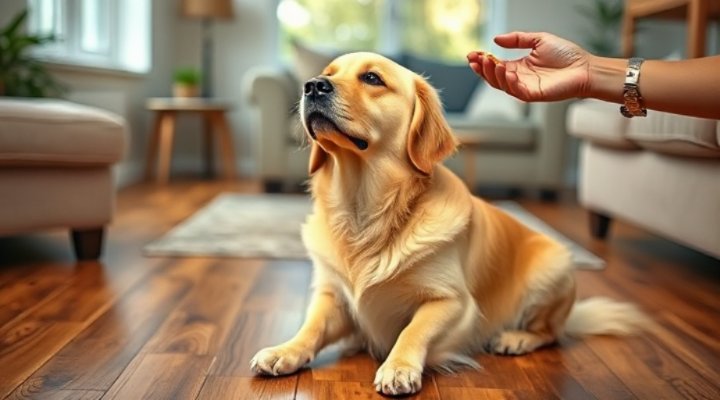
Effective Methods to Train Your Dog Not to Jump
There are several proven methods to train your dog not to jump. The key is consistency and positive reinforcement. Here are some of the most effective techniques:
1. Ignore the Jumping Behavior
One of the simplest ways to discourage jumping is to ignore it. When your dog jumps, turn away and avoid making eye contact or speaking to them. This sends a clear message that jumping won’t get them the attention they crave. Once they have all four paws on the ground, reward them with praise or a treat.
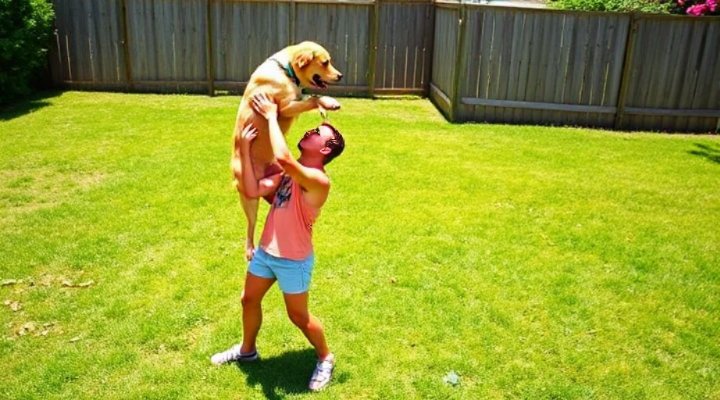
2. Teach an Alternative Behavior
Instead of just trying to stop the jumping, teach your dog an alternative behavior, such as sitting or lying down when greeting people. This gives them a clear action to perform instead of jumping. For example, you can practice having your dog sit before giving them attention or opening the door for visitors.
If you’re looking for more training tips, check out our guide on Dog Training Methods for a comprehensive approach.
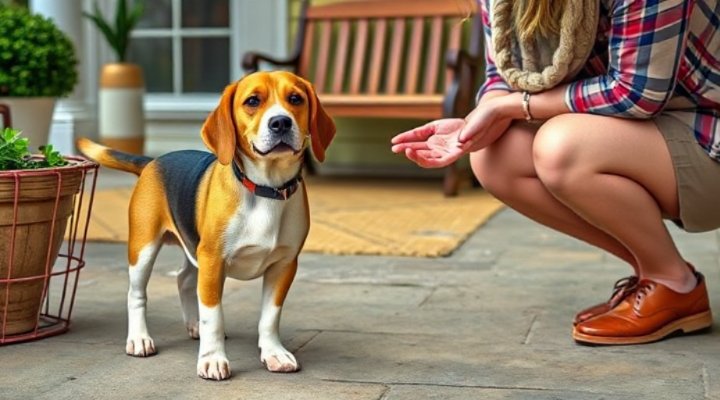
3. Use Positive Reinforcement
Positive reinforcement is one of the most effective ways to train any behavior. Reward your dog with treats, praise, or petting when they greet people calmly. Over time, they’ll associate staying calm with positive outcomes. A clicker can be particularly useful for marking the exact moment your dog performs the desired behavior.
For more on positive reinforcement, the American Veterinary Society of Animal Behavior offers excellent resources.
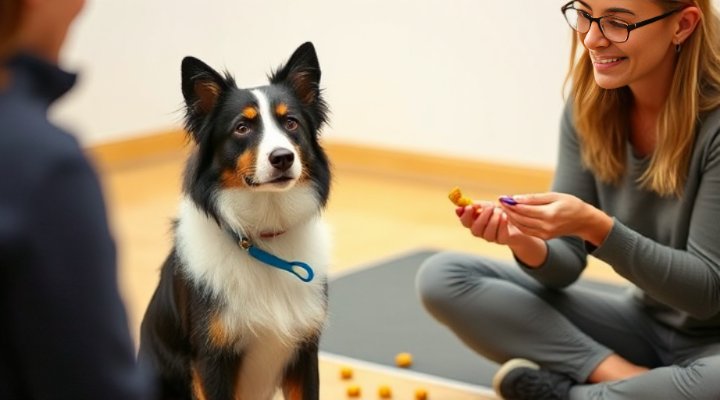
Common Mistakes to Avoid
While training your dog not to jump, there are some common pitfalls to avoid:
- Inconsistency: Make sure everyone in your household follows the same rules. If one person allows jumping while another discourages it, your dog will get confused.
- Punishment: Yelling or pushing your dog away can make the problem worse. Instead, focus on rewarding good behavior.
- Overexcitement: Keep greetings low-key to prevent your dog from getting too worked up.
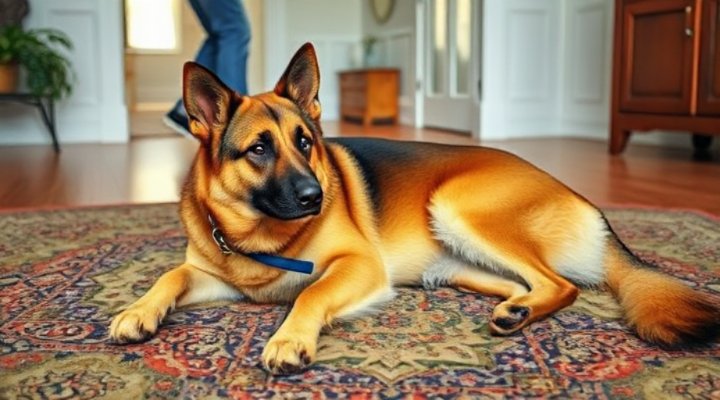
Advanced Techniques for Persistent Jumpers
If your dog is particularly persistent with jumping, you might need to try more advanced techniques. For example, you can use a leash to gently guide them into a sitting position when guests arrive. Alternatively, practice with a friend who can help reinforce calm behavior during greetings.
For dogs with severe jumping issues, consider enrolling in a Dog Socialization Class to work on their behavior in a controlled environment.
Final Thoughts
Training a dog not to jump requires patience and consistency, but the results are well worth the effort. By using positive reinforcement and teaching alternative behaviors, you can help your dog learn to greet people politely. Remember, every dog learns at their own pace, so stay patient and keep practicing!
Related Keywords: stop dog jumping, calm greetings, dog behavior training, positive reinforcement, polite dog greetings

